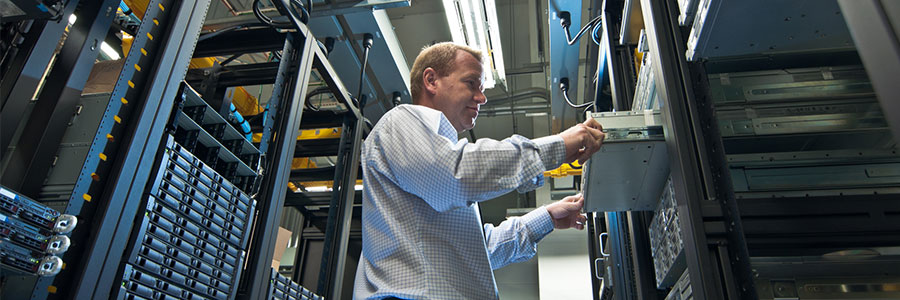As a small- or medium-sized business owner, you know the importance of reliable and efficient IT equipment in keeping your operations running smoothly. As such, you make it a point to invest in top-notch hardware and software. However, given the speed at which technology is advancing, what’s state-of-art today may quickly become outdated and a liability to your business as well.
Here are six red flags that indicate it’s time to upgrade your IT equipment.
1. Slow performance
Outdated hardware simply can’t keep up with the demands of modern software and applications. So if your computers take forever to boot up, run applications, or open files, then consider making an upgrade. Slow-performing equipment can cause frustration among your employees, wasting valuable time and negatively impacting your business’s productivity and efficiency. Your customers may also need to endure longer wait times, leading to missed sales opportunities. Upgrading your IT equipment will inject new life into your systems, keeping everything running at full speed.
2. Frequent system crashes or errors
Frequent system crashes or errors are clear indicators that your IT equipment is struggling to handle tasks. This can lead to disruptions in your daily operations, data loss, and financial losses. Upgrading your equipment can help you avoid these problems. Newer equipment is more powerful and reliable, so it’s less likely to crash or experience errors. This can help you improve your uptime, protect your data, and prevent unnecessary financial losses.
3. Inability to support software updates
Software developers regularly release updates to add new features and enhance security. If your IT equipment can no longer support the latest software updates, you’re at risk of falling behind. Running outdated software may also expose your business to potential security breaches. By upgrading your equipment, you can take advantage of the latest software advancements, stay protected, and keep up with industry standards.
4. Compatibility issues
Outdated IT equipment can lead to compatibility issues, which can prevent devices from functioning correctly or running certain applications. Compatibility issues may occur because new software and applications may require newer hardware to run. Another reason is that hardware and software can become incompatible as they get new updates or features over time. For example, an old version of Adobe Photoshop may no longer be compatible with the latest version of your operating system.
If you are experiencing compatibility issues, consider upgrading your IT equipment. Upgrading will ensure that your devices and software integrate seamlessly with each other and you can leverage the latest applications.
5. Missing features
As your business expands, you’ll encounter new challenges that demand additional features and capabilities from your IT equipment. So if your current setup lacks the necessary tools to support your growing operations, it’s time to consider an upgrade. Upgrading your IT equipment will provide your business with the resources it needs to succeed, helping you provide better service to your customers and stay ahead of the competition.
6. Increased maintenance costs
As IT equipment ages, it requires more frequent maintenance and repairs due to component wear and tear. So if you notice a surge in IT maintenance expenses, it may be a sign that your devices are becoming obsolete. Upgrading your IT equipment can help reduce maintenance costs and improve overall performance, providing long-term cost savings and increased operational efficiency.
If you’ve noticed any of these red flags within your IT setup, it’s time to consider upgrading your equipment. The IT experts at predictiveIT can help assess your business’s needs and select the right IT equipment for your specific requirements. We offer a wide range of IT services, including consulting, implementation, and support. Get in touch with us today.



